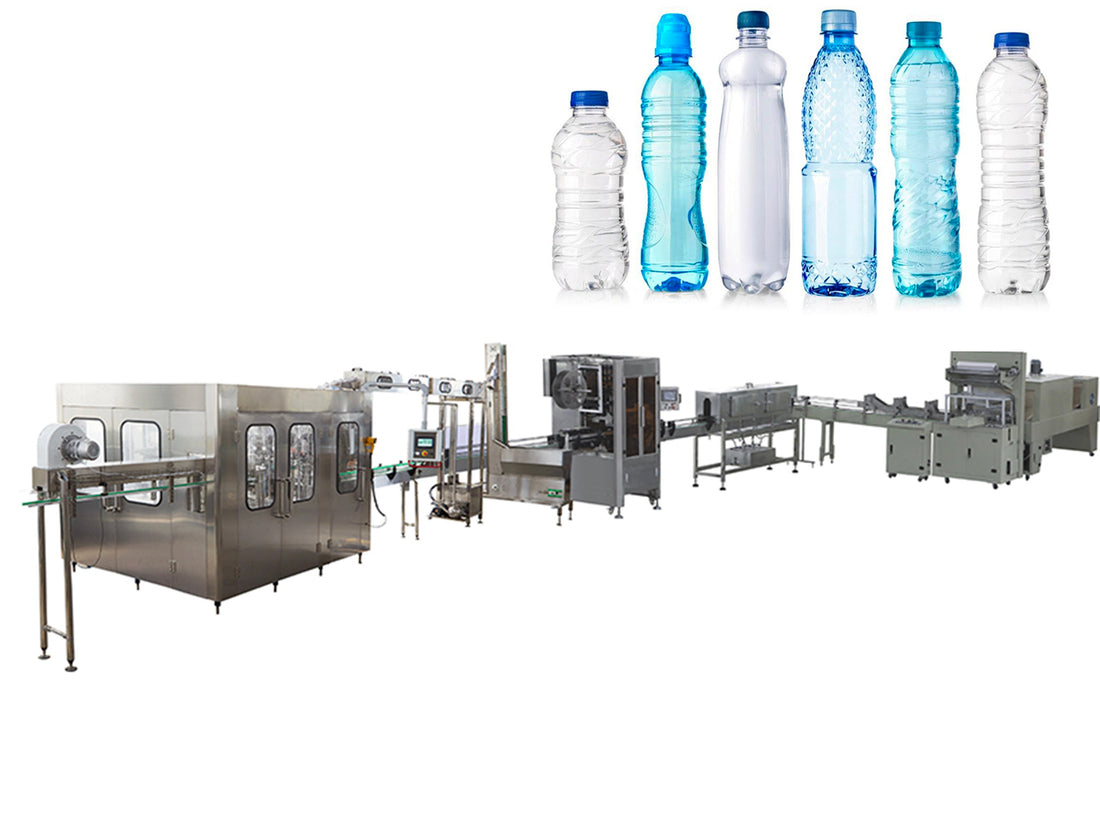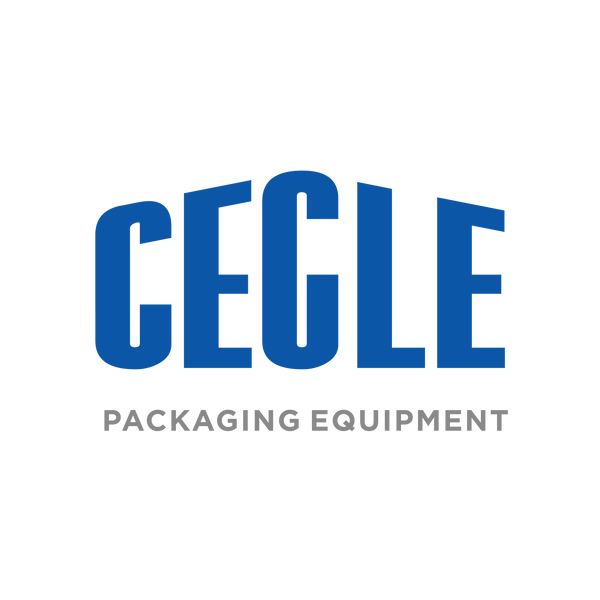
How Mineral Water is Automatically Bottled
Share
Mineral water bottling is a complex process that mainly involves the following steps:
1. Water Source Treatment
First, the mineral water is sourced from underground springs or wells. The raw water goes through a series of purification processes. This includes filtration to remove impurities such as sand, silt, and small particles. Chemical analysis is also carried out to ensure that the mineral content and quality meet the standards. Some advanced treatment systems may use reverse osmosis or other membrane filtration techniques to further purify the water and remove any potential contaminants.
2. Conveying to the Bottling Line
After treatment, the purified mineral water is transported through pipes to the bottling area. High - quality food - grade pipes are used to prevent any contamination during the transfer process. Pumps are employed to maintain a stable flow of water to the bottling machines.
3. Bottle Preparation
Empty bottles, usually made of plastic (such as PET), are delivered to the bottling line. These bottles are first inspected for any defects, such as cracks or deformities. Then, they are cleaned thoroughly. The cleaning process often involves rinsing with sterilizing solutions to eliminate any bacteria or foreign substances that might have been present during storage or transportation of the bottles.
4. Filling Process
The automatic filling machines play a crucial role in this stage. The bottles are positioned precisely under the filling nozzles. The filling system is designed to control the volume of water filled into each bottle accurately. Sensors are used to detect the level of water in the bottle. When the set volume is reached, the filling process for that bottle stops. The filling operation is usually carried out under a clean and sterile environment to prevent any contamination of the mineral water.
5. Capping
After filling, the bottles move on to the capping station. Caps, which are also carefully selected and inspected for quality, are placed on the bottles. The capping machines ensure that the caps are tightly sealed onto the bottles. This is vital to maintain the freshness and quality of the mineral water and prevent leakage during storage and transportation.
6. Labeling
Once capped, the bottles proceed to the labeling area. Labels containing information such as the brand name, mineral content, source of the water, and other relevant details are attached to the bottles. Automatic labeling machines apply the labels smoothly and accurately onto the surface of the bottles.

